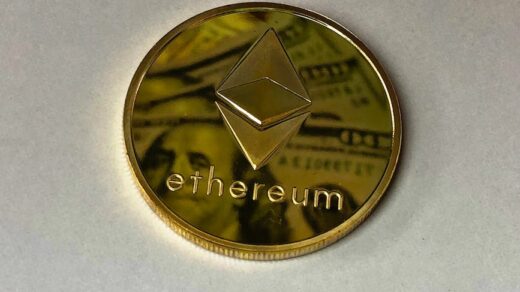Introduction: The Basics of Smart Contracts in Blockchain Development
So, you’ve heard about the technology that is sweeping across the globe – blockchain – and you’re curious about how it works. Perhaps, the term that caught your interest is smart contracts. In this tutorial, we will plunge into the world of blockchain development focusing on the construction of smart contracts.
What is a Smart Contract?
Before diving into the mechanics, let’s first unwrap what a smart contract is. A smart contract is a self-executing contract coded to perform a set function when certain conditions on a blockchain are met. Essentially, it automates the execution of agreements, eliminating the need for a middle man.
Smart Contract Development: What Do I Need to Know?
If you’re considering building a smart contract, one of the top programming languages you need to familiarize yourself with is Solidity, primarily used on the Ethereum platform. Additionally, a background in JavaScript can come in handy as Solidity’s syntax is somewhat similar.
The Steps to Coding Your First Smart Contract
1. Setup Your Environment with Remix IDE
Remix IDE is an open-source tool that allows you to write Solidity code right from your browser. Here we’ll create our first smart contract.
2. Write the Smart Contract
After setting up your development environment, the next step covers the actual coding. A basic smart contract structure would look like this:
pragma solidity ^0.5.0;
contract HelloWorld {
function sayHello() public pure returns(string memory) {
return “Hello, World!”;
}
}
The contract ‘HelloWorld’ contains a simple function ‘sayHello’ that returns the string ‘Hello, World!’.
3. Deploy and Interact with Smart Contract
Once the coding is done, you’re ready to deploy your contract. This is easily achieved within the Remix IDE by clicking on the ‘Deploy’ button. You can then interact with your contract in the ‘Deployed Contracts’ section.
To wrap up, let’s remember the wonders of smart contracts. They’re highly secure, reducing fraudulent activity while enhancing transparency and efficiency in transactions. The potential of blockchain and smart contracts is vast, encompassing numerous sectors from finance to supply chain.
Endeavor to learn, and who knows – you might develop the next groundbreaking blockchain application! Happy coding!
Thank you for reading our blog post! If you’re looking for professional software development services, visit our website at traztech.ca to learn more and get in touch with our expert team. Let us help you bring your ideas to life!


